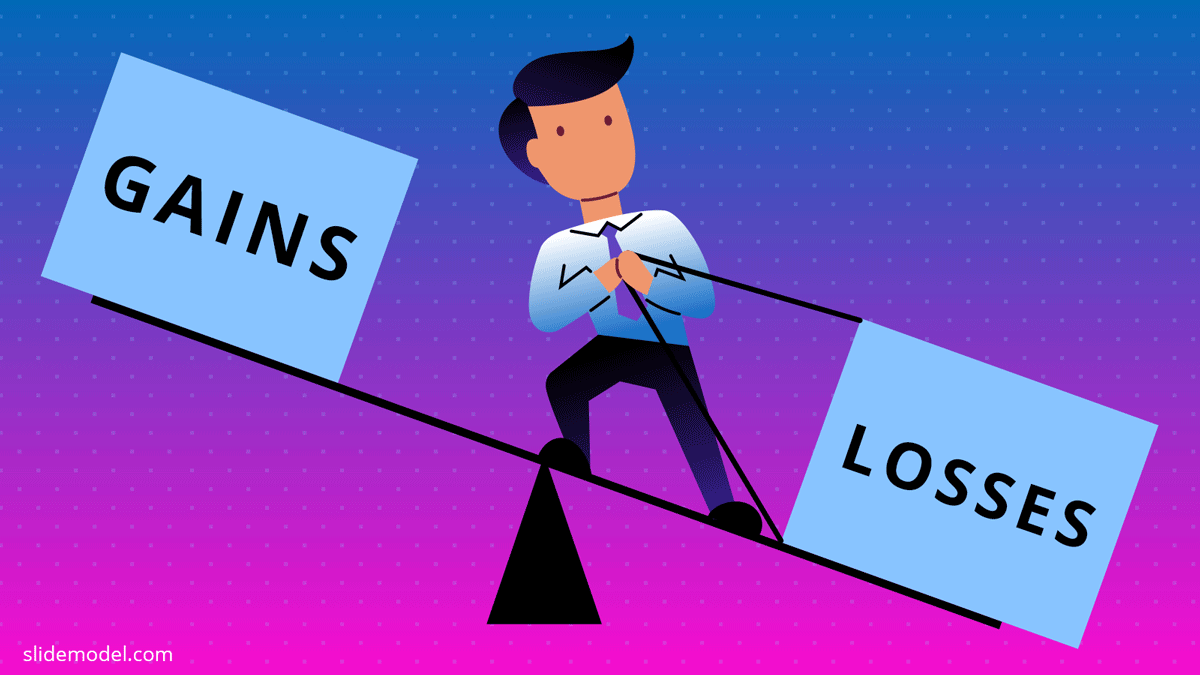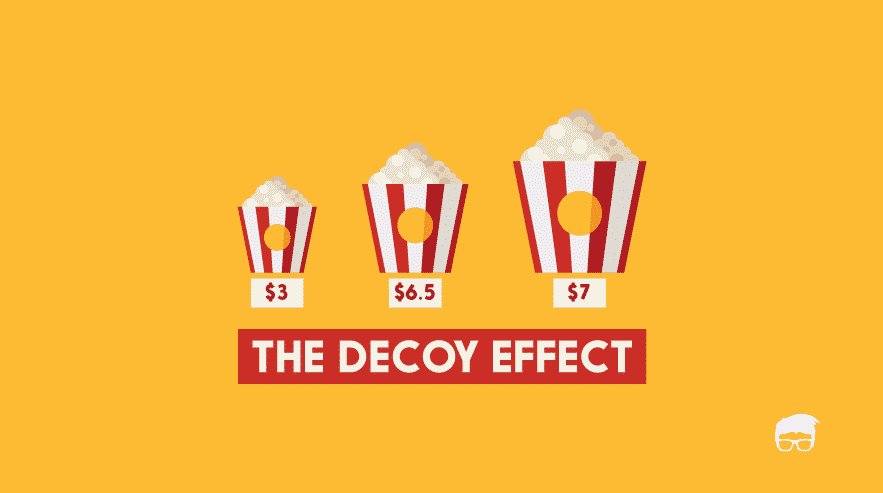Psychology allows us to understand people better, but did you know that it can also help you to run your business more efficiently? The many impressive psychology tools not only help treat people through counselling and therapy but can also be used in many other fields outside the realm of direct psychology – especially in marketing and advertising.
Marketing and advertising strategies have changed immensely from what they were decades ago. With sellers shouting in marketplaces to grab customers’ attention, fast forward to digital marketers buying ads on social media to do the same today. Whilst advertising methods have changed, the underlying psychology behind getting consumers’ attention has remained the same. Once companies are able to trigger an emotional response from consumers, it helps them gain more clients. Marketing industries have incorporated psychology into their strategies to reach their target audience effectively. After all, all humans inherently have similar characteristics. And that is exactly how psychology allows us to understand human behavior accurately.
We use psychology in almost every facet of life, even though we may not know of it. Psychology seeps its way into our communications, our relationships, our sense of self and even our work. In direct selling, one of the integral aspects of the business is selling and marketing to customers. It one of the fundamental things that can drive your business to success. Hence, ensuring that you perfect the art of marketing is imperative for the growth of your business.
One of the ways to increase your sales, and arguably the most effective one, would be to understand consumer behavior. You should know how you can leverage the human psych and other psychological factors to grow your direct selling company.
5 Psychology Driven Strategies for Marketing Success
Here are a few psychological techniques to grab the attention of your consumers and boost your sales!
1. Loss Aversion

When you are given something new, something you like, something that elicits a positive emotional response within you, chances are, you really wouldn’t want to lose it, even if it is in return for something else. Essentially, that is the basis behind the Loss Aversion principle. People don’t like losing something that they’ve already gained. More so because the pain of losing something is greater than the pleasure of gaining something. This psychological concept was coined by Amos Tversky and Daniel Kahneman. They found out that people would rather keep 100 dollars in their pocket than find 100 dollars on the sidewalk.
When it comes to marketing, loss aversion can be a powerful technique for increasing customer engagement. It can increase purchases and even establish long-term brand loyalty. If you devise free trials and allow your customers to use the products and services, it can create a sense of ownership and implant a sense of loss within them when the free trial ends. This feeling of loss can potentially drive consumers to purchase the product permanently. Thereby increasing your sales and growing your business. Companies use loss aversion in popular ways through discounts, rewards, free trials and product samples, exclusive mailing lists for particular products, etc.
2. Decoy Effect

This clever marketing technique uses a strategy wherein one price point of a product is intentionally included to lure you into choosing the most expensive option. This pricing point is used as a frame of reference. It enables consumers to believe that the most expensive option is the best deal than the rest. The decoy effect plays on the phenomenon wherein consumers change their preference between two options once they are presented with a third (less attractive) option, which is the decoy.
When you’re visiting the theatres to purchase popcorn, you might want to get a small or a medium-sized bucket. However, when you get to the popcorn stand, you’ll find out the small costs RS200/-, medium RS450/-, and the large is RS500/-. Seeing as to how there’s only RS100/- difference between the medium and large, you’ll end up purchasing the large one since it’s a much better deal than the medium, even though you didn’t really need the whole large popcorn anyway.
When people have to choose between two options, they will go with the one that aligns with their personal needs since there is a lack of relativity. However, when given a third strategic option, aka the decoy, they will likely choose the one that gives them the satisfaction of a better deal. As humans, we tend to measure things in relation to the other components constantly. The decoy intentionally leads your consumers towards a particular direction while making them think that they are making a rational, informed decision.
3. Scarcity – Less is More

“Few items remaining.”
“Sale is ending soon.”
“Only 3 seats left at this price.”
These worry-inducing phrases are the works of the Scarcity principle, given by Dr Robert Cialdini. The psychology principle acts on the idea that the rarer the opportunity or product is, the more valuable it can be. It draws on the popular laws of supply and demand. When things are shown to be in short supply, consumers would be more eager to get them because they would think that the product could become unattainable later. However, if there were no impression of scarcity, they probably wouldn’t buy it at all.
You can implement the Scarcity theory with your brand by putting up deadlines for promos and limited quantities of products. This will persuade and invoke your consumers to purchase the product, register for your team or take other favorable actions. However, for the scarcity principle to work effectively, you must ensure that you word your deadlines correctly. You want your consumers to think that product scarcity exists because of an increase in demand. This will make your consumers more receptive. On the other hand, if you word it in a way that makes your consumers think there were only a few products/slots to begin with, people won’t be that keen to get ahold of it, and it won’t generate sales.
4. Social Proof

With the concepts discussed so far, it’s well-established that none of us is entirely in control of our decision-making process, even if we thought we were. Most of our purchasing actions aren’t determined by our individualistic thinking. Instead, they are a result of the conditioning and influence of those around us.
Social Proof, another one of Cialdini’s concepts, is one of the most prime marketing techniques in today’s world. The social proof principle is a theory where people mimic the actions and beliefs of people they like or trust to fit in or attain a sense of belonging. You might have heard yourself say the words, “if they are doing it, I want to do it too” – and that, essentially, is the basis of the social proof theory. We may not realize it, but we have undergone the effects of social proof. It could be as simple as watching a popular Netflix show or purchasing an expensive car. The people around us have an immense influence over our actions without us even realizing the extent of it.
Social media and influencer marketing are prime examples of social proof’s effects and how we can be persuaded to purchase anything if we see it in the hands of the people we look up to. As a direct selling brand, you can leverage the power of social proof by showcasing your testimonials, customer ratings and reviews, your social media numbers and shares, and by conducting influencer endorsements to garner traction from your target audience.
5. The Baader-Meinhof Phenomenon

Have you ever discussed getting a new wallet or phone case with your friend, and suddenly your social media newsfeed is filled with wallet or phone case advertisements? While you may think what’s happening to you is mystical or unnatural, we have news for you – It’s not. In fact, it’s just psychological and called the Baader-Meinhof Principle. Once you encounter something for the first time, you might start noticing it appear more in your everyday life.
The Baader-Meinhof principle works on two psychological phenomena – Selective Attention and Confirmation Bias. Selective attention makes your brain subconsciously seek more information on the subject you were thinking about or encountered. In the same way, confirmation bias makes you think that the subject has gained demand overnight every time you see something related to it. This phenomenon also plays a role in building your brand. When prospective consumers start noticing your brand, they might suddenly see your brand’s messages everywhere. This can make them believe that your products are more valuable than your competitors.
Thus, you can utilize the Baader-Meinhof marketing technique by nurturing your prospective customers through multichannel marketing, targeted emails and retargeted ads. This can increase the possibility of building customer trust and loyalty, enhancing your brand’s image and increasing your overall business growth.
To conclude, by effectively using these psychological marketing techniques, you can grab your audience’s attention and grow your direct selling business.





